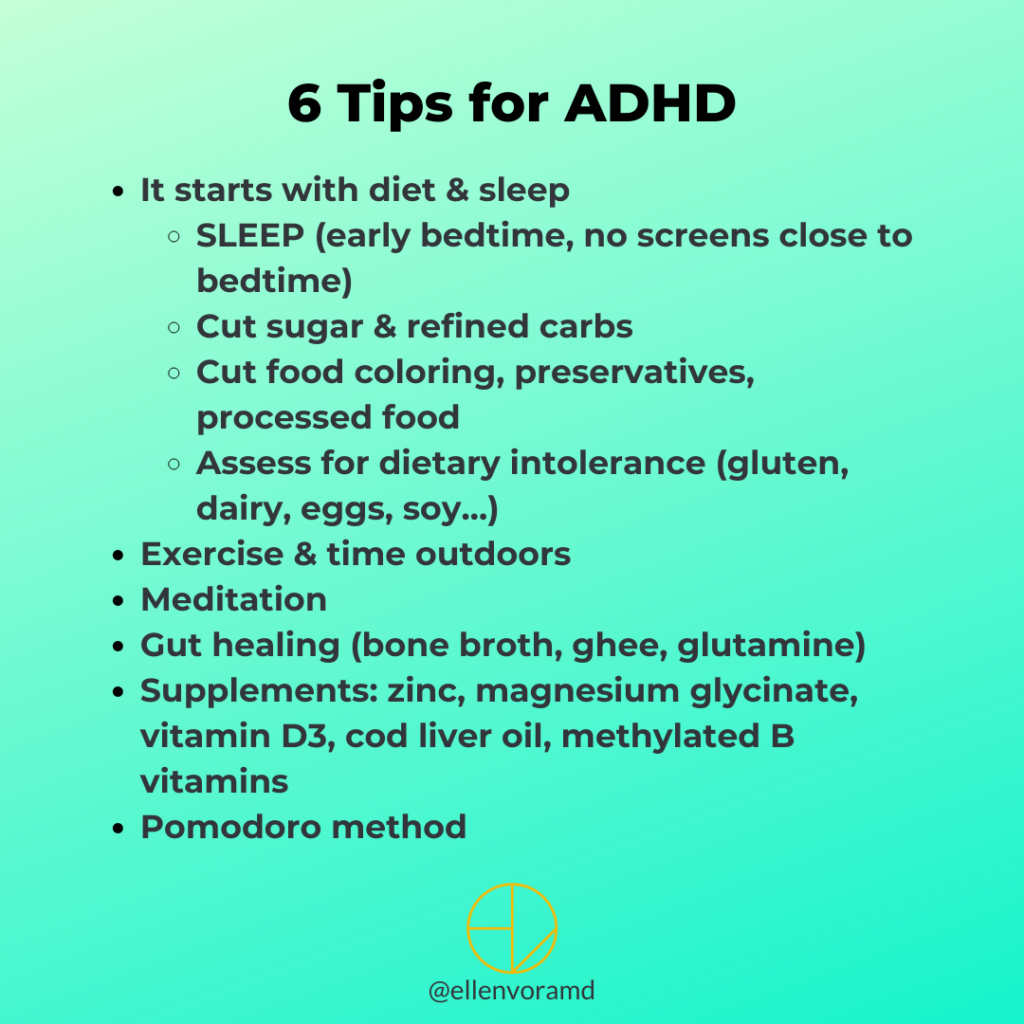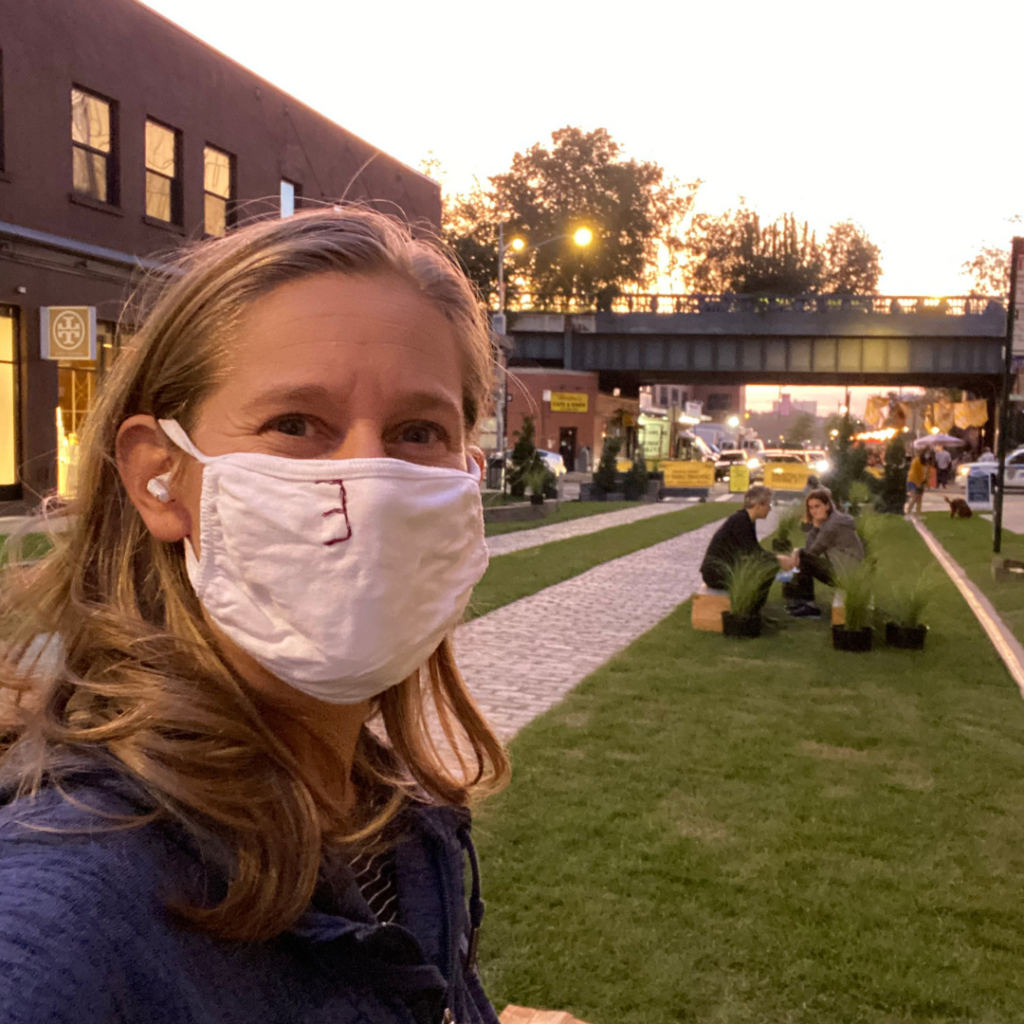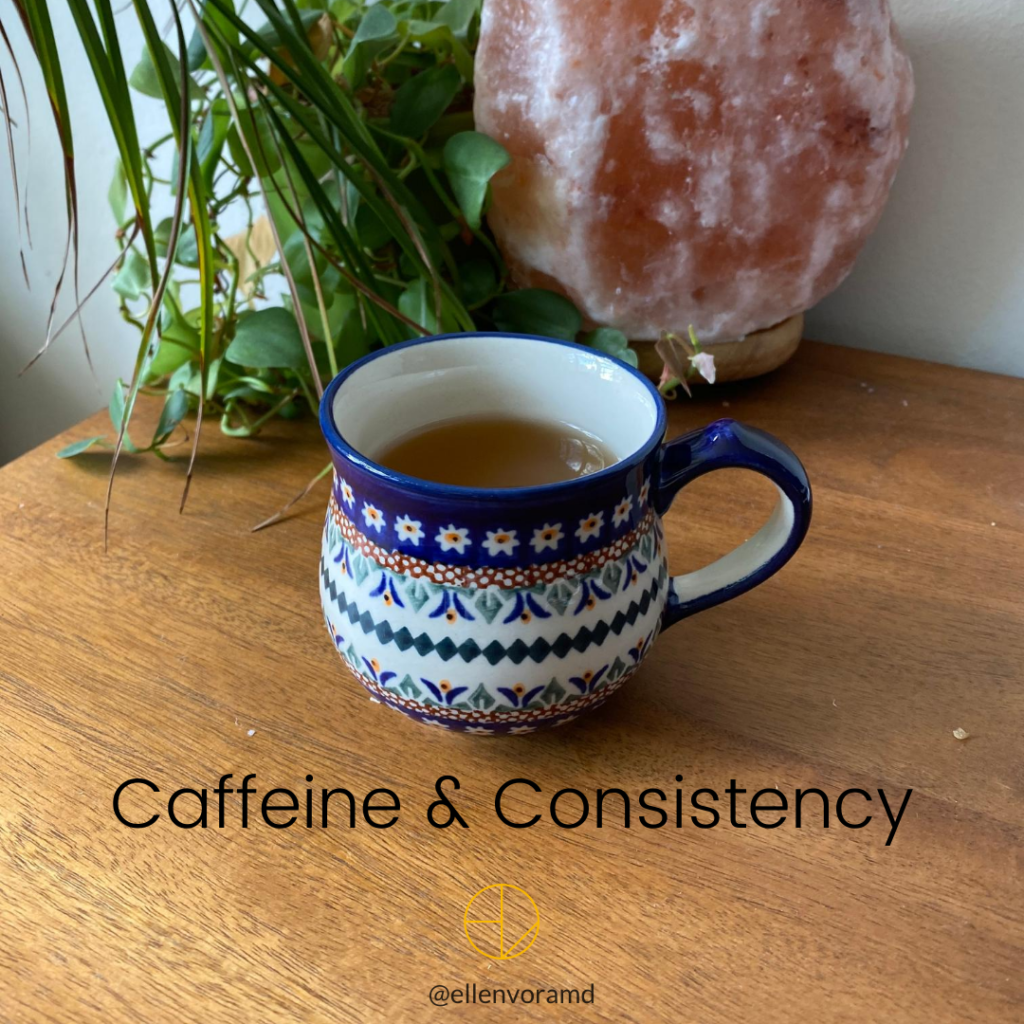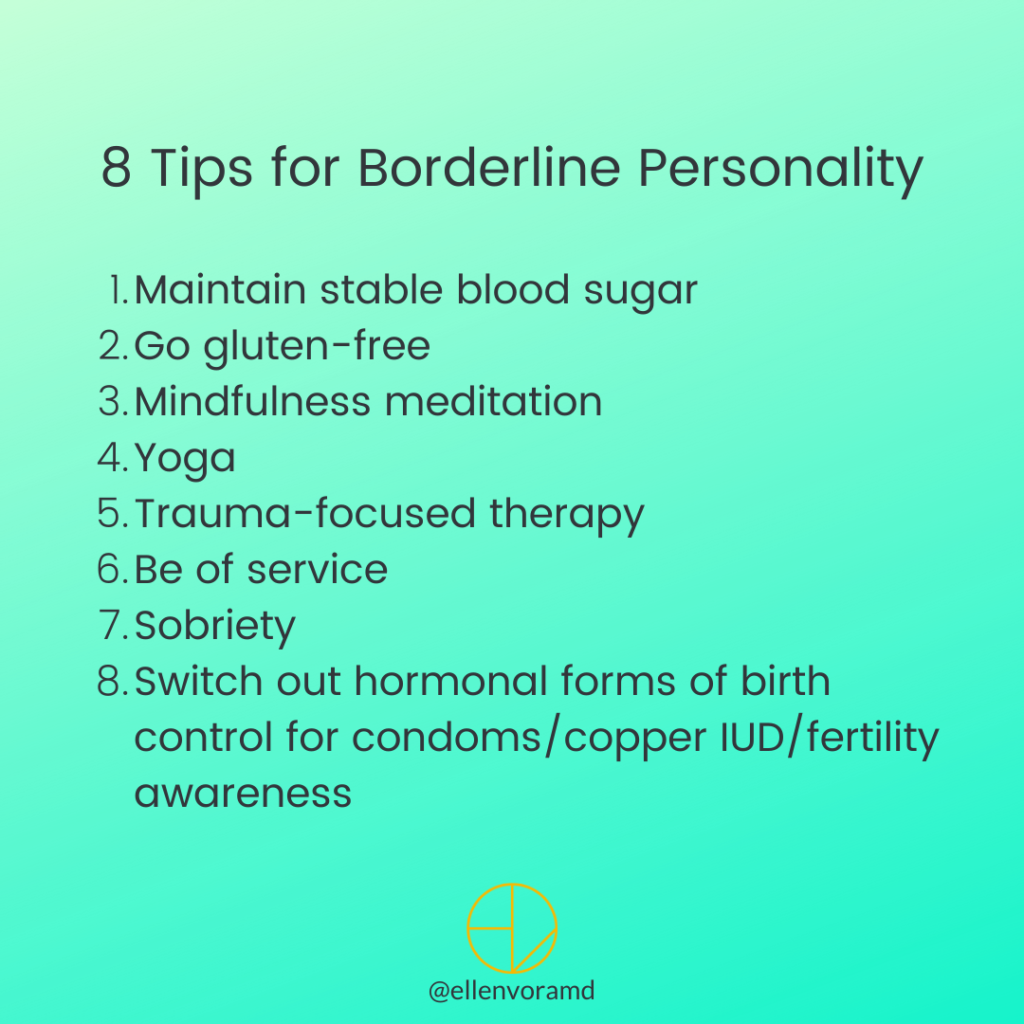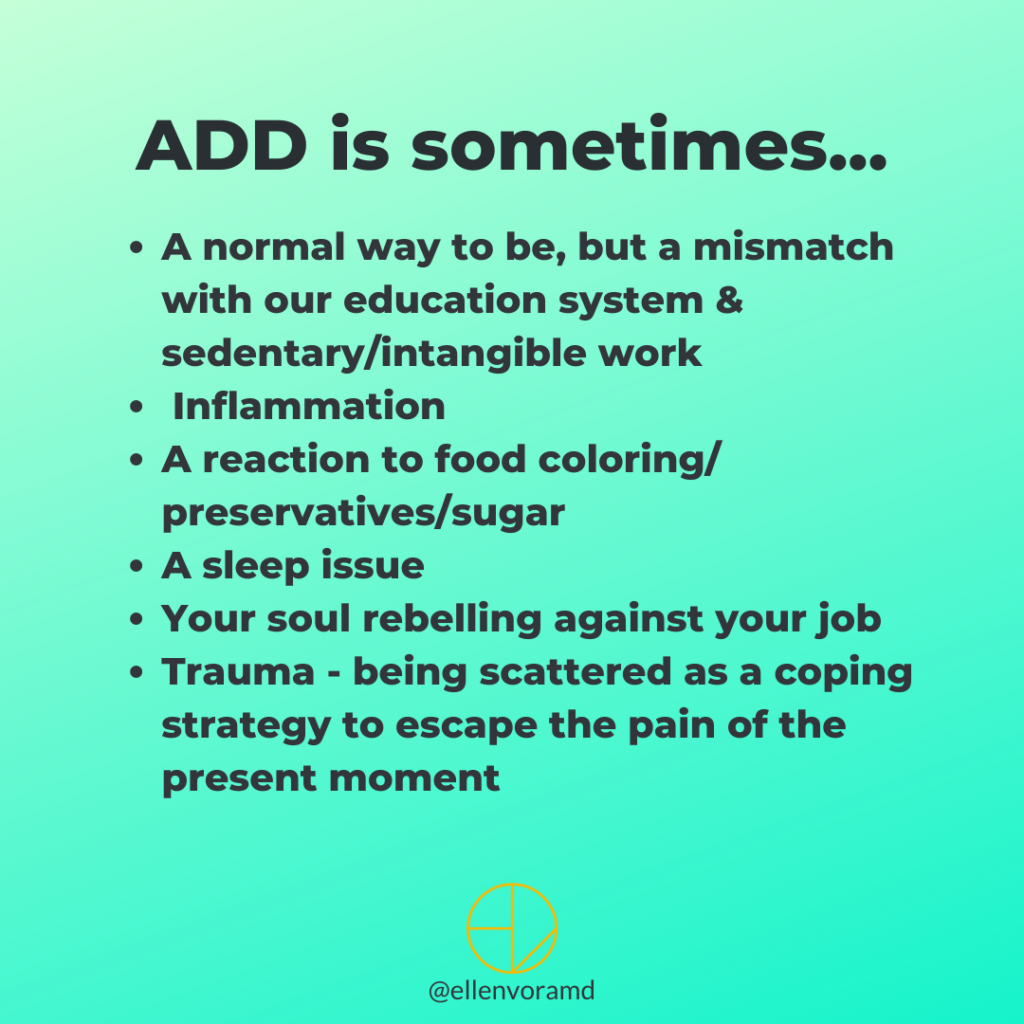
ADD and ADHD are many things. I don’t deny the existence of these conditions, but I think we benefit from opening our eyes to the various potential root causes, and understanding these symptoms in the context of a person’s life/job/sleep/diet/sensitivities/trauma. This granular understanding also shows us the path forward to symptom management. That last one is something Dr. Gabor Maté opened my eyes to in his book Scattered Minds.
